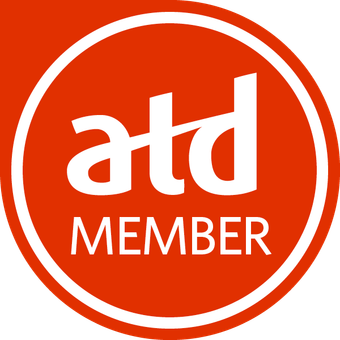 A change of view on influence
A change of view on influence
My training style went though a radical change after I met and studied with Mel Silberman, the Father of Active training.
Mel is considered one of the greatest contributors to the field of adult training, has written many of the best selling books on training and had been a tireless advocate for “learning by doing”.
So why is this important to influence? Well, with the thousands of books on influence, persuasion and sales, most of the focus is on talk or verbal persuasion.
Yet recent research has shown that one of the most power forms of influence is experience…allowing someone to actually have an experience rather than a verbal description (this is why demonstrations are so powerful).
Influence resources by the experts
In the video below, David Maxfield is the coauthor of Influencer: The Power to Change Anything gives a real life example of how experience influenced a change in behavior for an entire company:








